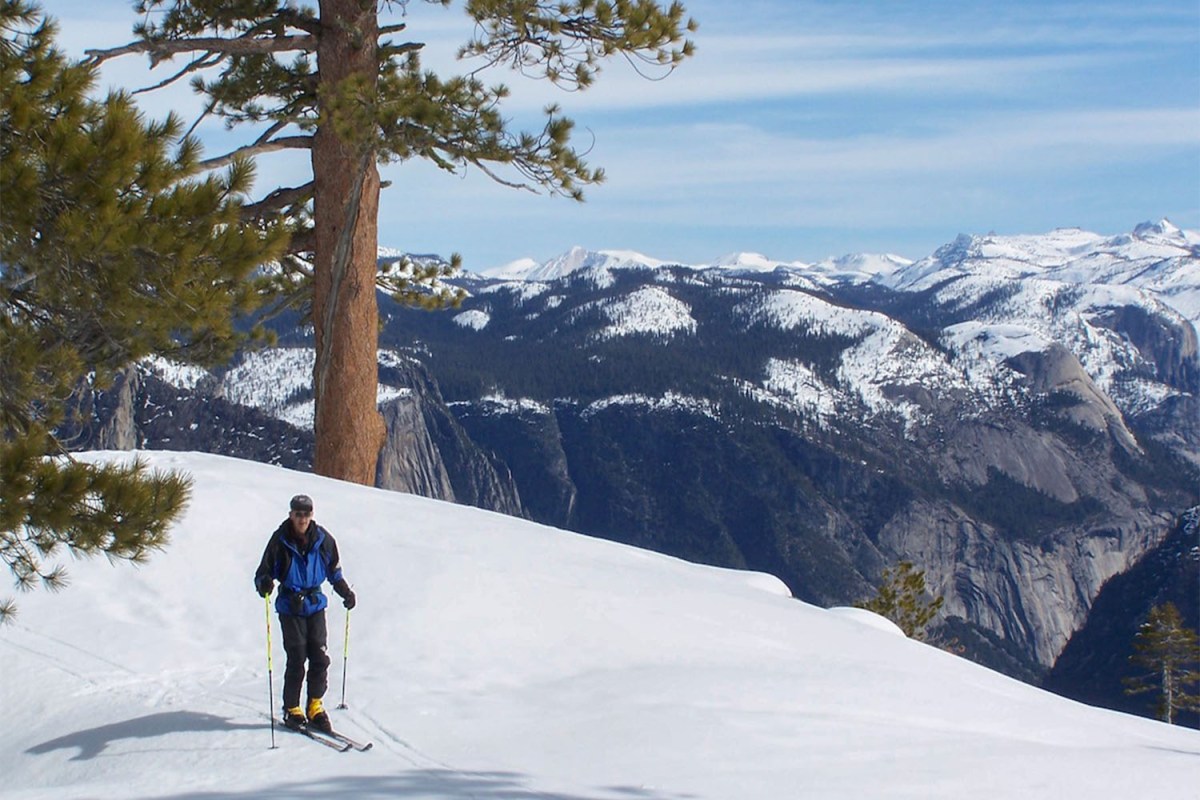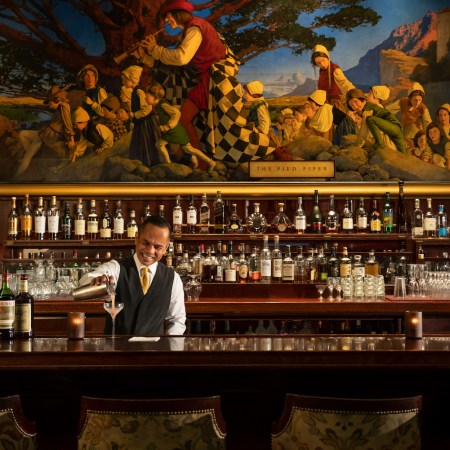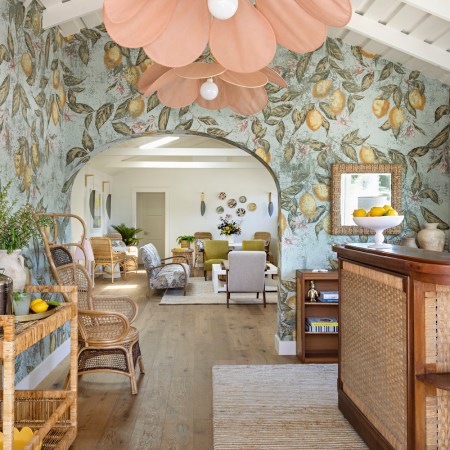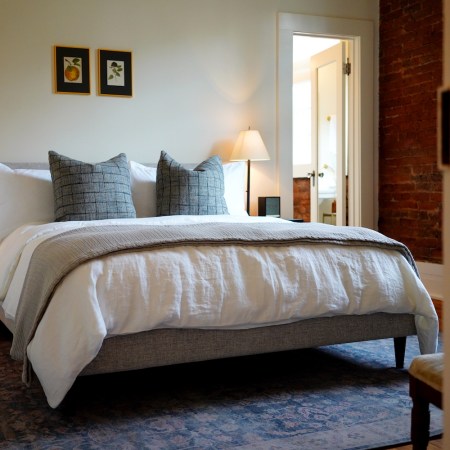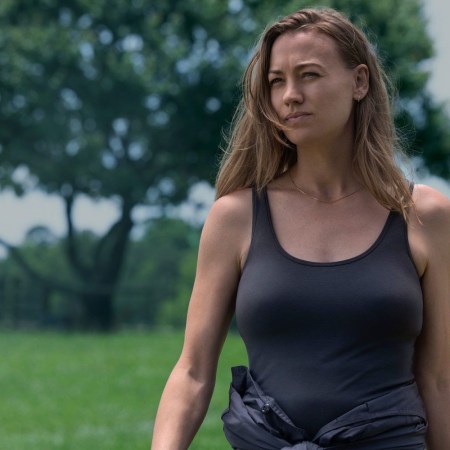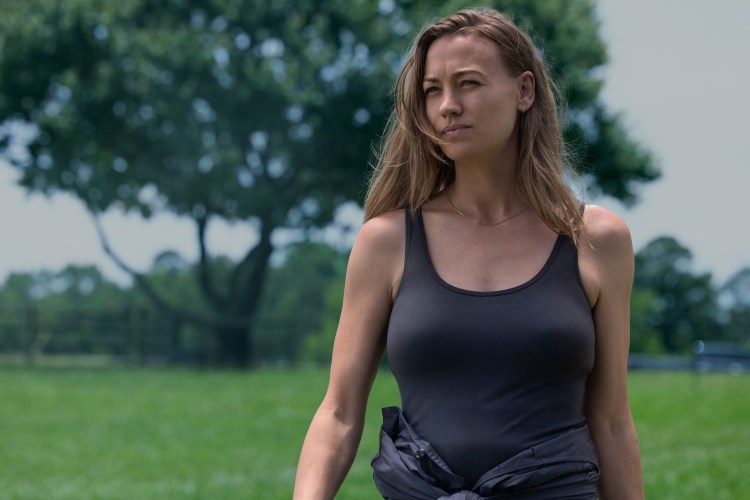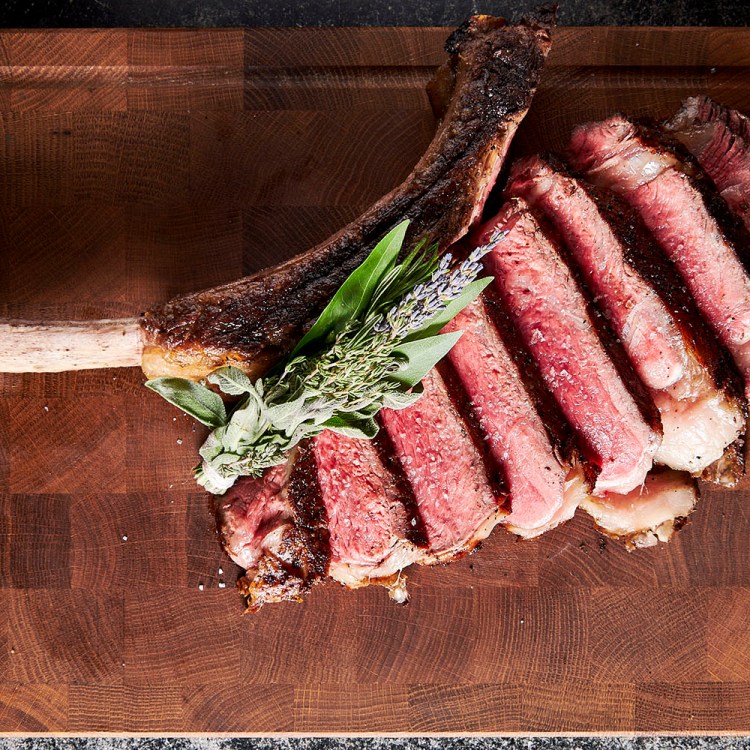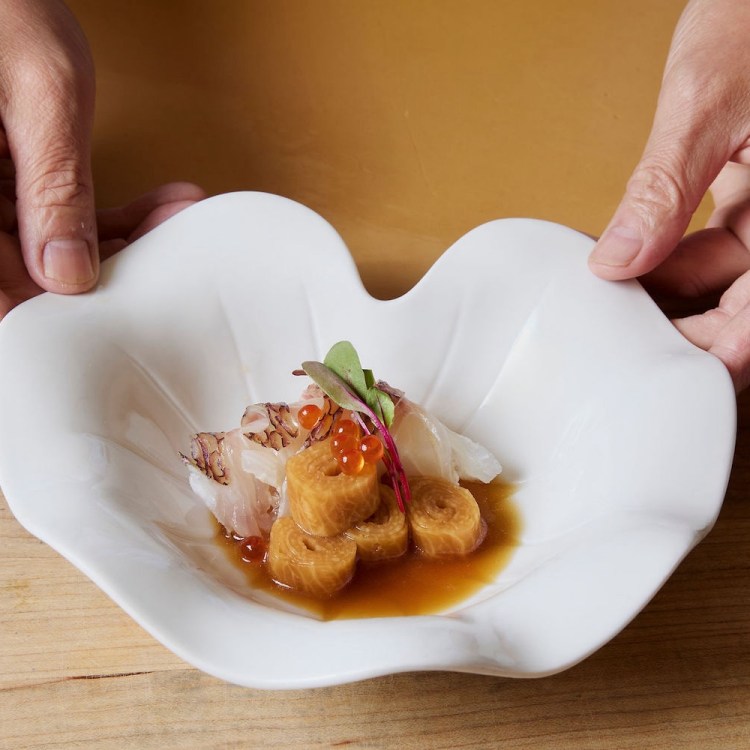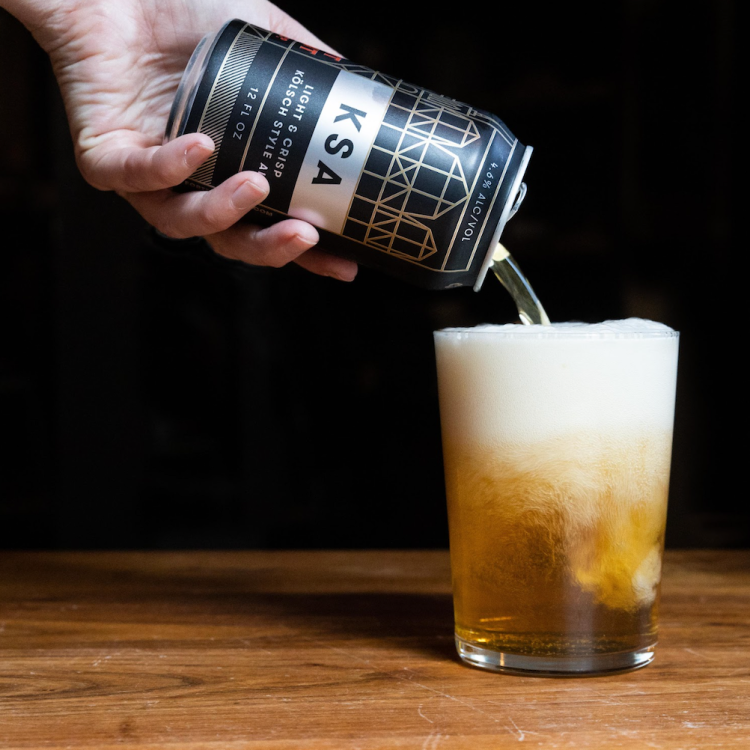When it comes to classic California ski trips, Lake Tahoe and Mammoth Mountain are the big two — but nestled among towering red fir and lodgepole pines above the Yosemite Valley floor, Badger Pass has been a local “in the know” spot for generations. Opened in 1935, it’s one of the oldest ski resorts in the U.S. — and one of only three ski areas serviced by a lift system in a National Park (Hurricane Ridge in Olympic, Washington, and Boston Mills/Brandywine in Ohio’s Cuyahoga Valley, being the other two).
Badger is a reassuringly mom-and-pop kind of place. It’s small (there are five lifts, ten runs, and one terrain park) and sits at 7,200 feet elevation, with only natural snow and adult all-day lift tickets that cost an entirely reasonable $62.
National Park visitor numbers surged during the pandemic, and with its majestic granite monoliths and giant sequoia groves, Yosemite continues to receive more than its share. Of course, most make a beeline for the valley floor to gaze up at El Capitán and Yosemite Falls during summer, but being in the park when it’s crowd-free and dusted in a blanket of bright white powder? Enchanting. Getting to ski or board in this winter wonderland? Nothing short of magical.
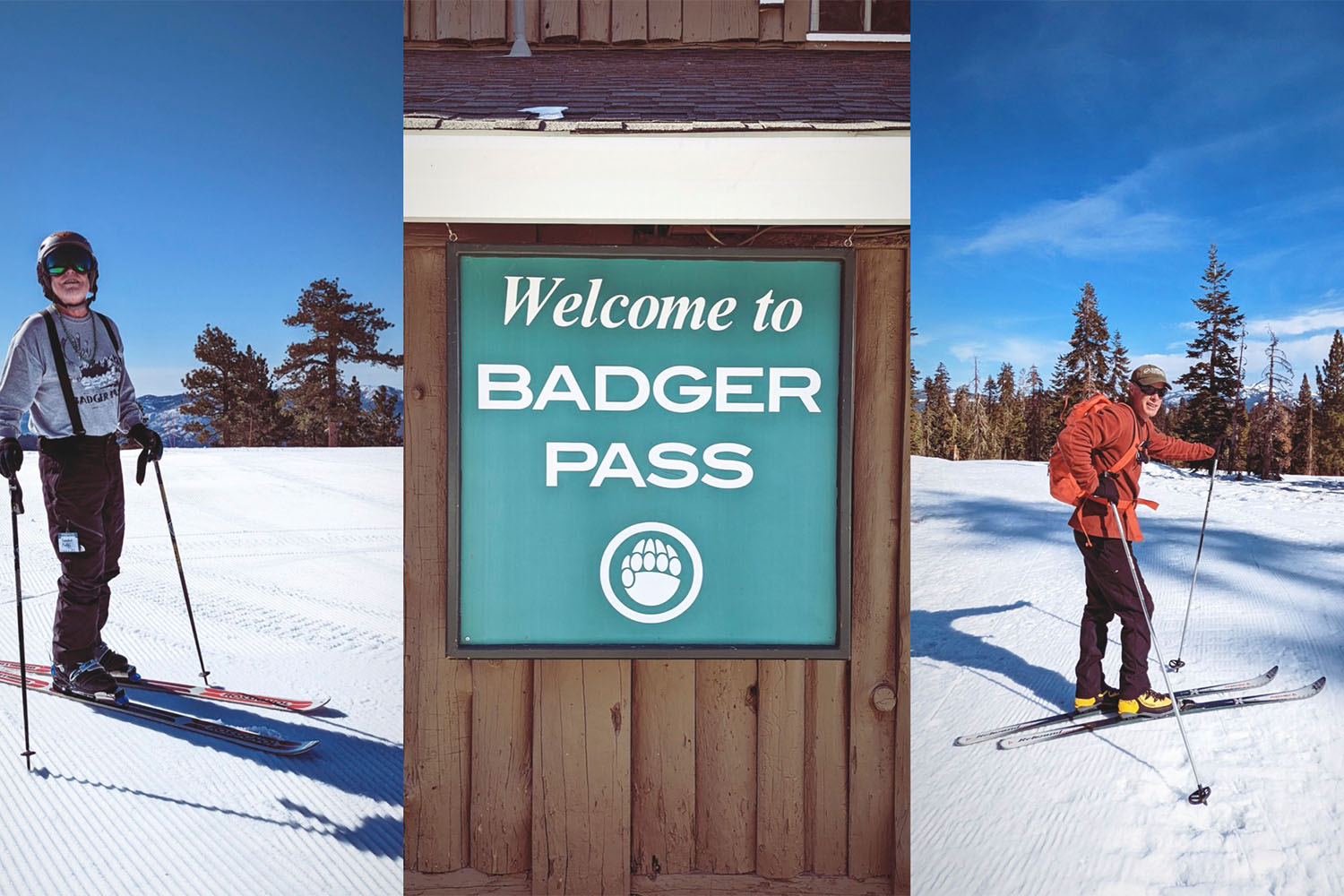
California enjoyed a record snowfall in December, when over 12 feet of the fluffy good stuff coated Yosemite Valley thanks to a series of major Pacific storms that tore through the Sierra Nevada. Sadly, Mother Nature hasn’t felt inclined to repeat that performance, leading to another new record: January 2022, having the fourth-lowest snowfall since 1971. Despite (unanswered) prayers to the Snow Gods, Badger has held onto a 33-inch base at its summit, with a dedicated team of sno-cat track drivers grooming the hill and cross-country ski trails every night.
“Conditions are springlike right now,” says Sean Costello, who has skied Badger Pass for decades and knows the 90-acre area intimately. “It’s a little icy when the lifts open at nine o’clock but softens up pretty nicely within an hour.” The manager of rental operations at the resort for two decades, he started working in Yosemite back in 1983 as the park’s transportation manager. A much-loved figure, many consider him the unofficial “mayor of Badger.” Costello retired in 2018 and runs the Snow Phone, which locals from Sierra Nevada foothill towns call hopefully each week for his take on current conditions before driving up to ski laps, polish their technique, or venture into the backcountry. The weather has been frightful, he declares, alluding to the ongoing undesirably warm temperatures.
Closed for the 2020-2021 winter season because of Covid, Badger reopened to a blizzard and big crowds on December 15 last year, but since a storm dropped several feet between Christmas and New Year, that’s been it. “The last big season was in 2018, when Yosemite’s high country received more snow in four days during ‘Miracle March’ than all of December, January, and February combined,” he says. Adding that nature doesn’t always bless them with the kind of “heyday winters of the 1980s and ’90s,” there’s a love for Badger among locals that will never die.
“It’s just so laid back here. Hardcore skiers might turn their noses up, but we can out ski them any day,” adds Chandy, a longtime season pass holder from Bass Lake and a good friend of Costello’s. “You can hot lap it because there are no lines — well, except sometimes on the weekends, and then, of course, there’s no better place for beginners.”
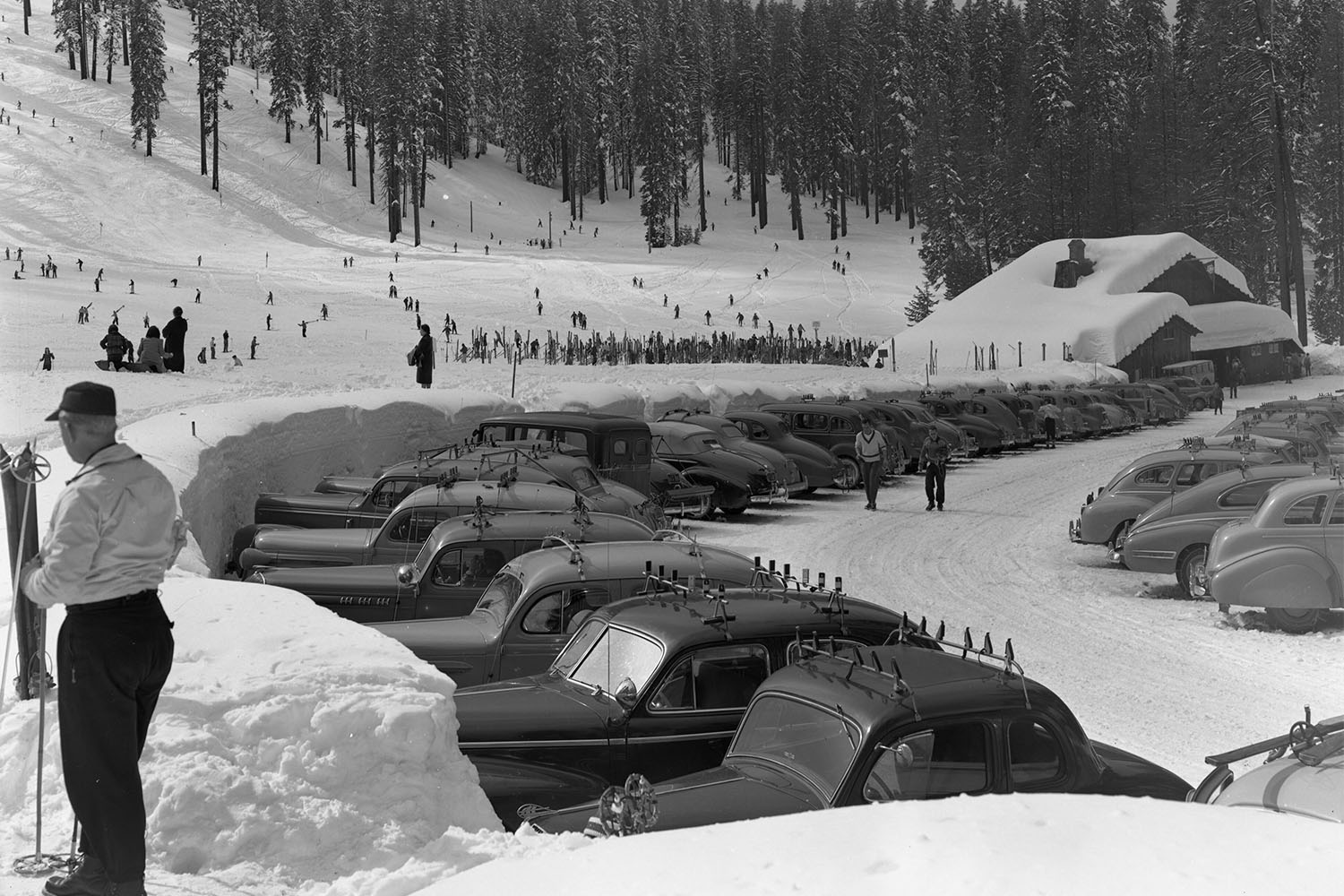
Badger has always been family and learner friendly. The Mountain Area Ski School has been bussing kindergarten through high school students from nearby towns like Oakhurst and El Portal for weekly classes since 1961. “When I promoted Badger at ski shows, I’d tell people all about our 800 ‘radical’ vertical feet,” says Costello, “but what’s cool about here is that there’s only one top and one bottom, so parents can post up on the sun deck knowing their kids won’t get lost. We don’t have the rowdy crowd, there’s no fancy lodge or après-ski, but it’s a treasure. My kids learned to ski here, and now my three-year-old grandson has been on skis here and loved it.”
Learning to ski in Yosemite pre-dates Badger Pass by a little bit. After The Ahwahnee hotel opened in 1927, Swiss ski expert Jules Fritsch started the Yosemite Ski School the following year. This caught the attention of the Yosemite Park & Curry Company president Donald Tresidder (the primary park concessionary), who formed the Yosemite Winter Club building a small ski hill and ski jump near Tenaya Creek Bridge. After attending the St. Moritz 1928 Winter Olympics, Tresidder was inspired to develop winter sports in Yosemite (he wanted it to become the “Switzerland of the West”) and put in an Olympic bid for the valley in 1932. Along with Tahoe, they sadly lost out to Lake Placid.
Undeterred, after the Wawona Road and Tunnel opened in late 1933 and the Glacier Point Road to Badger Pass opened two years later, Yosemite’s first ski lodge was built in Monroe Meadow and by the end of its first season had welcomed more than 25,000 skiers. The resort’s first lift, the “Upski” was installed in 1936. Nicknamed the “Queen Mary,” it resembled a large sled and carried six skiers at a time to the summit.
Alongside Fritsch and Tresidder, another name central to the story of skiing in Yosemite is Nic Fiore. A legendary character dubbed “the maître d’ of ski at Badger Pass,” he is said to have taught over 100,000 people how to ski there during his 50-year career. A great resource and local guide, Fiore knew the Sierra well: “its geology, vegetation and what it was like to hike way out there.”
A similarly influential figure at Badger — who is intimately familiar with Yosemite Valley, thanks to his 20 years as a Mountaineering School Guide and over 26 ascents of El Capitan — is Josh Helling, the Cross-Country Center director. Helling also knows the 90-mile network of Nordic and snowshoe trails that start at Badger like, well, the back of his skis. “We have some of the best Nordic trails in California, a world-class cross-country area that’s somewhat unknown,” says Helling, whose personal favorite is the 22-mile out and back to Glacier Point. He shares that snowshoers and Nordic skiers can also enjoy another scenic valley view from Dewey Point, which is a little closer.
“Some years we get big winters with 200 percent snowfall, others are extreme drought, so the current climate makes things a challenge to predict. I don’t know what the future holds, but right now, we’re focused on keeping the ski days going and passing it along to the next generation. Helling, whose daughter learned to ski at Badger (her first run was at six months old, going down Eagle on his shoulders), already has big plans for the 2022–2023 winter season.
This January, he reinstated the Yosemite Nordic Holiday race with the help of his Nordic Center and Badger Pass staff, community group volunteers, the Far West Nordic organization, and support from Yosemite Hospitality and the National Park Service. “The last time the Holiday Race happened was in 2013, but we had 65 people sign up, which was incredible. So, we’ll be working on that again for next year, and I’d like to get the guided overnight Glacier Point trips back up again, too.” Another once-in-a-lifetime winter Yosemite experience for Helling? Snowshoeing the Mariposa Grove of giant sequoias after a storm. “The contrast of that red bark against the white is something else.”
For Costello, it’s all about making graceful turns on the hill with friends. “I’ve telemark skied here almost from day one. It just fits the laid-back atmosphere: free your heel, free your mind and the rest will follow,” he says with a smile, before jumping on Eagle chair for one last ride down from the top. “Badger Pass really is the best-kept secret in Yosemite!”
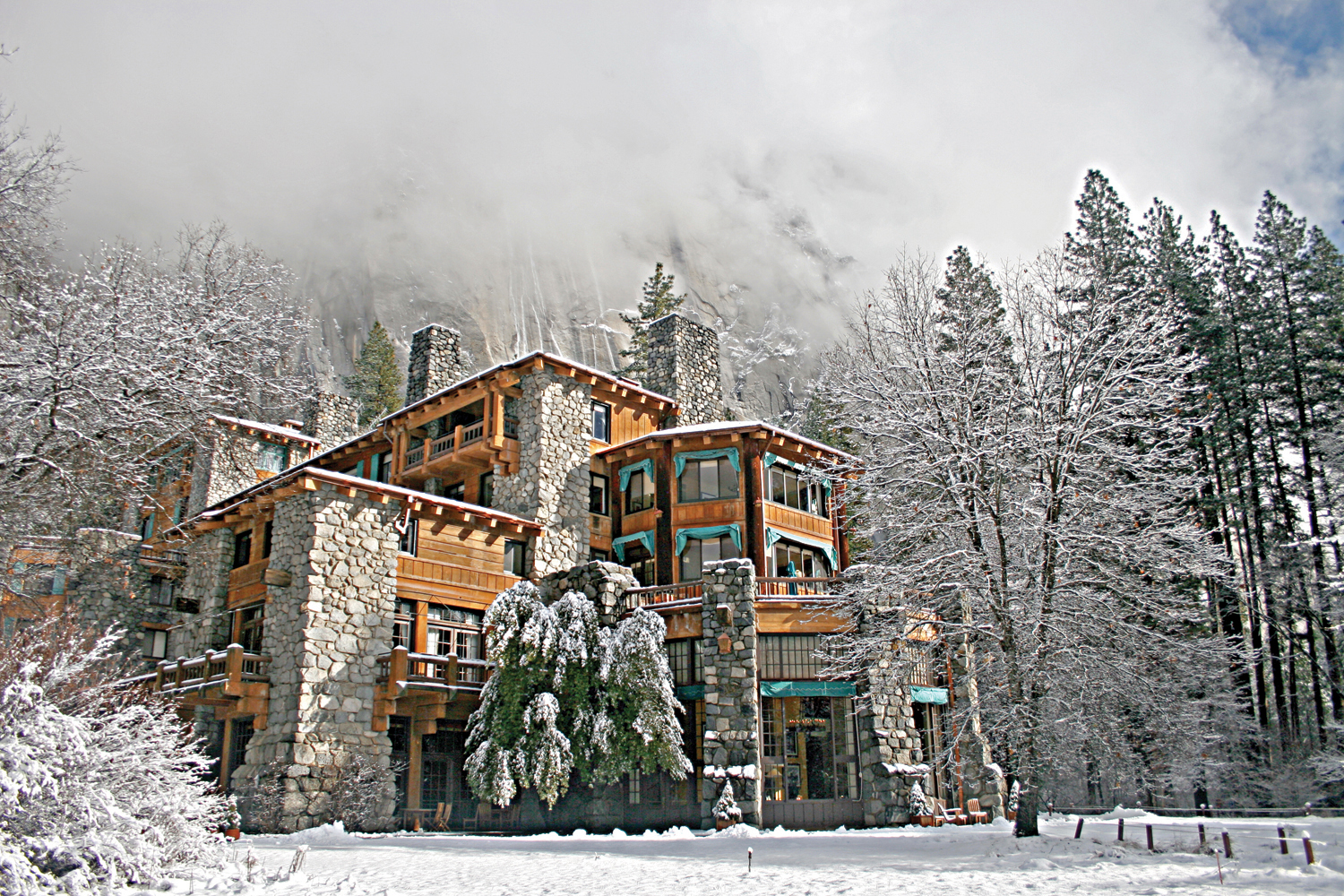
Après at the Ahwahnee
Save for a small café and the Snowflake Room (sadly closed this season), dining options at Badger Pass are limited. However, the “crown jewel of National Park lodges” is 40 minutes away in Yosemite Valley, and après-ski spots don’t get more old-school glam than the Ahwahnee. Fun fact: the interiors there inspired those of the Overlook Hotel in Stephen King’s, The Shining. Filled with Badger Pass memorabilia, the Winter Club Room is worth a look before getting cozy with fireside cocktails in the Great Room. Better yet, make reservations for dinner in The Ahwahnee Dining Room, which is an experience in and of itself. Suites and rooms at the historic hotel often book up months in advance, but during winter, it’s always worth checking for last-minute cancellations, when you might just get lucky.
Call the Snow Phone (209) 372-1000 to check conditions and get ski area updates by Sean before traveling. Badger Pass Ski Area closes on April 2, 2022.
This article was featured in the InsideHook SF newsletter. Sign up now for more from the Bay Area.
